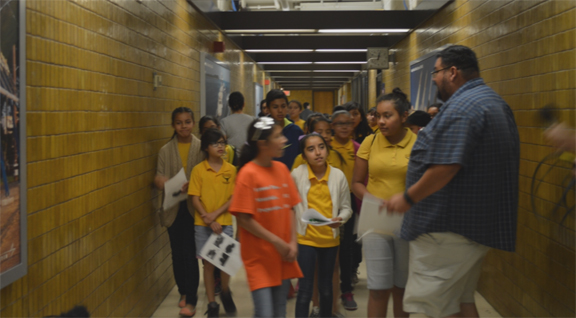In this community, your keychain can hold access to shopping after hours
|
The MRKT at the Montecillo apartment community is never closed to residents – even if no one is on duty. Instead, residents of this smart-growth community on El Paso’s West Side can use a special key fob to enter the bodega and shop after hours. The cashierless concept follows the technology innovation of vendors like Apple, Sam’s Club and Amazon Go that make it convenient for shoppers to use an app to scan their own purchases and bypass a checkout line. The scan-and-go shopping concept is slowly catching on across the U.S., but mainly only available through major companies and generally limited to large, digitally savy cities. Amazon operates its Amazon Go convenience stores in Seattle, Chicago and San Francisco.


